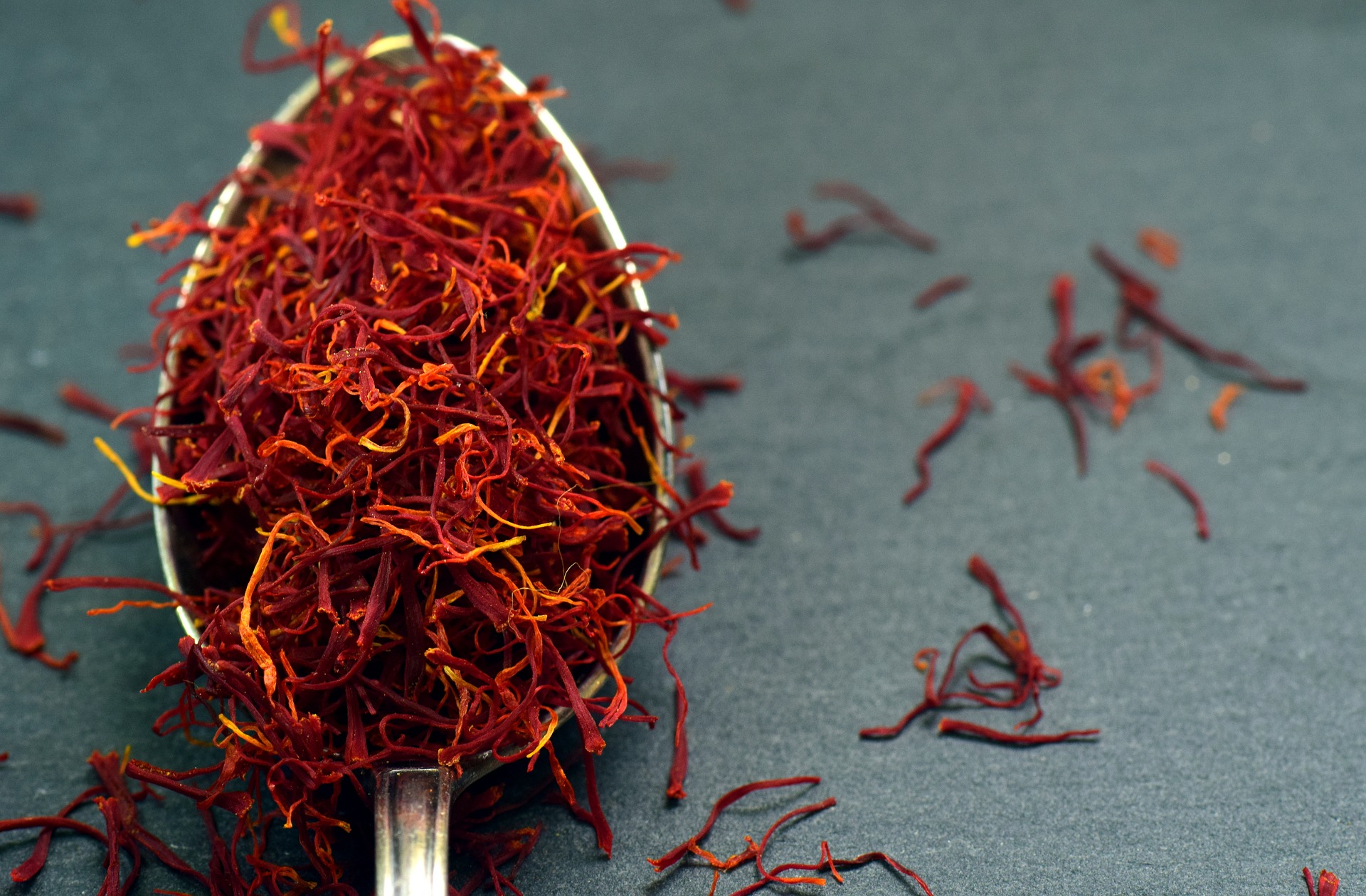The Toast Hawaii / Pumpernickel Divide

In the 1970s, Christmas Eve was divided between extremes. First, we had Toast Hawaii, like many other Germans in the Federal Republic: take a slice of sandwich bread, cover it with ham and a wheel of canned pineapple, top it with a slice of gleaming yellow processed cheese, bake it, and stick a bright red maraschino cherry in the resulting crusty indentation. Arranged on bread that, according to ‘low-food biographer’ Carolyn Wyman, was “tamed to be more palatable to a broader range of people from … the small kid to the adult,” Toast Hawaii was the stringy glue that held our nation together. An exotic feast for eyes and palate, it created a sense of belonging against all odds, even for a ten-year-old like myself.…



